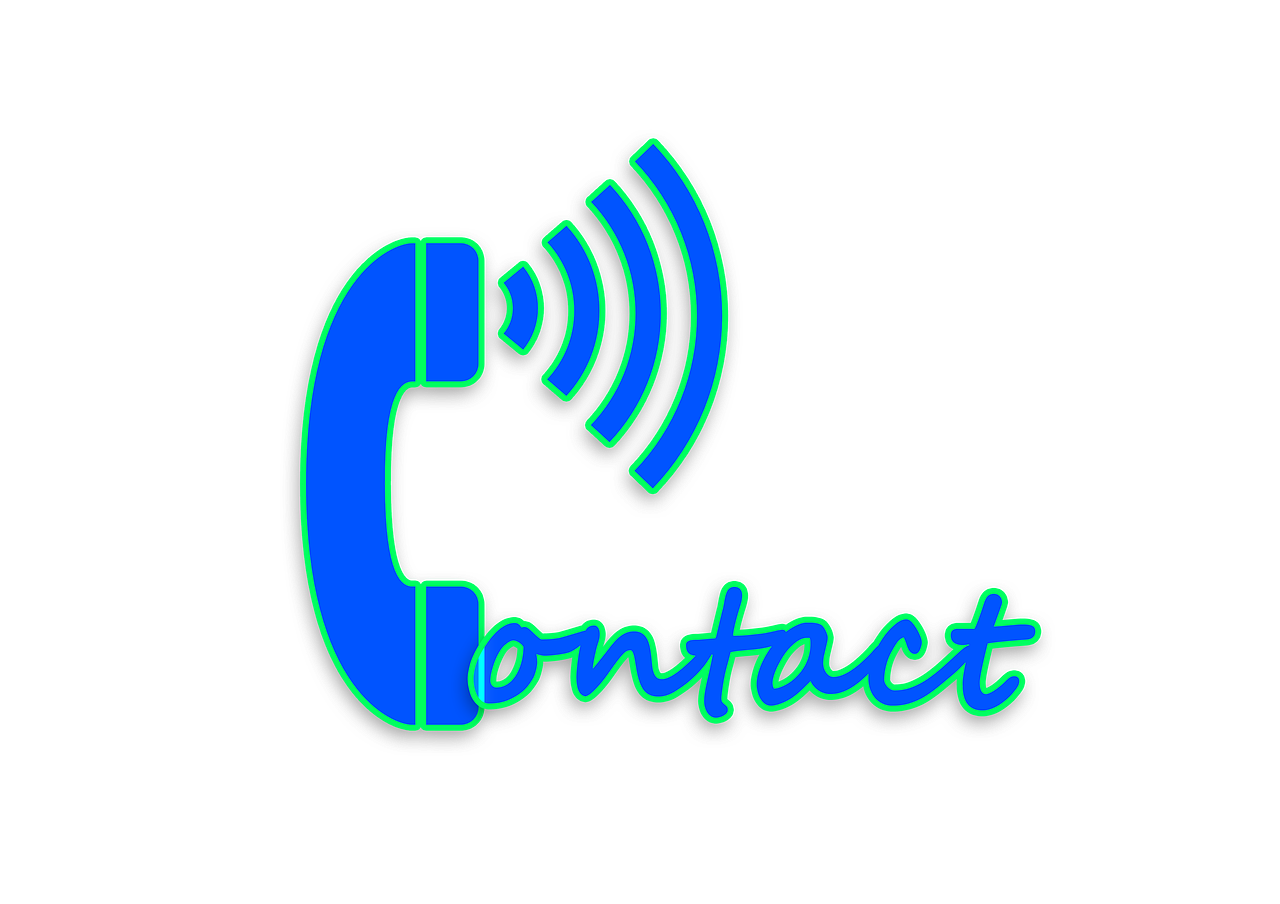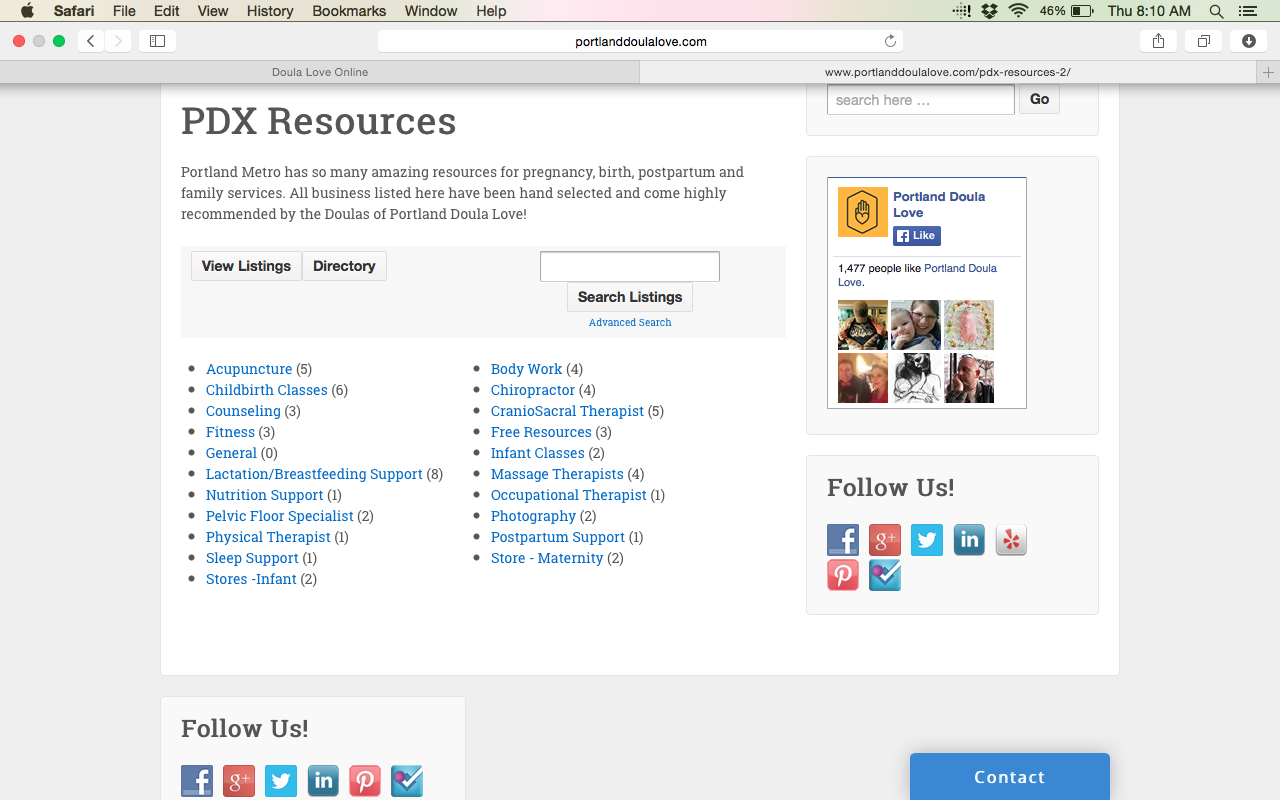About the Author: Wendy Scharp is the owner of Doula Love, a thriving doula agency and classroom in Portland, Oregon. She is a DONA approved birth doula trainer and ICEA childbirth educator trainer. She has been a doula and childbirth educator for over 10 years.
Buil ding a solid referral network for a service-based business can be an extremely rewarding and beneficial process, if done correctly. Making connections with other professionals is one of the most important parts of growing a successful and thriving business. However, if networking is done in a self-serving manner, and is focused only on what an individual business can gain, it can isolate and even reflect poorly on one’s business.
ding a solid referral network for a service-based business can be an extremely rewarding and beneficial process, if done correctly. Making connections with other professionals is one of the most important parts of growing a successful and thriving business. However, if networking is done in a self-serving manner, and is focused only on what an individual business can gain, it can isolate and even reflect poorly on one’s business.
There are three pillars that create a solid foundation for a professional network:
- Finding the right people to connect with
- Making the connection
- Supporting each others’ businesses through referrals
These may seem very simple and straightforward, but people frequently make detrimental mistakes.
1. Find the Right People
First, finding other professionals to connect with can be an exciting but time consuming task. Taking the time to hone in on the professionals you would like to meet with and make connections with is extremely important. If you are not selective, you can not only waste your precious time, but also make connections that could reflect poorly on your business.
When you begin to search for other professionals, the first thing to do is make a list of the services that are the highest priority for you to connect with. For example, a doula may be most interested in connecting with a childbirth educator, lactation consultant and chiropractor specializing in prenatal and postpartum care. Once your list is made, talk to the professionals that you already know personally and ask them who they have as part of their referral network. Then reach out to past clients and find out which local practitioners and organizations they know and love. Search and read reviews on Yelp, Angie’s List and Facebook. Attend, and possibly join, a few local networking groups.
2. Making the Connection
Now that you have a healthy list of professionals that you are interested in connecting with, you can move on to the next step – making the connection. This is where many new professionals drop the ball. Far too frequently, professionals reach out with an email that reads something like, “Hi my name is Sally Smith and I own Belly Blossom Photography which specializes in pregnancy and birth photography. Can I please be on your resources list and send you some business cards to share with your clients? Thanks, Sally.” Many may read this and think that it seems like a legitimate request. However, the email makes several critical errors that may deter another professional from connecting with you. Were I to receive such an email, I would immediately notice that this person is asking me to take time out of my busy day and add her to my resource list, yet fails to offer me anything in return. Second, she is not providing me enough detail about her business and why I should trust that she is a good photographer. Finally, she is not offering me the opportunity to meet her and see if she is someone I would be interested in referring my clients to. I value my clients too much to simply refer them to a company or a service provider that I don’t have a real connection with or have any information about. If I did send a client to her, and she provided unacceptable service, that would reflect poorly on my company.
While making the connection with other professionals, it is important to communicate in a genuine and productive way. There are a few key pieces of information to include in your email when reaching out to another professional.  When sending out your first email or making a phone call, you want to clearly inform the other professional of several things. Let them know why you have chosen them to connect with and how you learned about them. Explain to them why you value the services they offer in the community. Tell them who you are and what services you offer. Give a small bit of background about your journey to servicing the community. Help them understand why you think your businesses complement each other. Express that you would enjoy an opportunity to have tea or coffee to learn more about them and the services they offer. Finally, always thank them for taking the time to read your email or take your call.
When sending out your first email or making a phone call, you want to clearly inform the other professional of several things. Let them know why you have chosen them to connect with and how you learned about them. Explain to them why you value the services they offer in the community. Tell them who you are and what services you offer. Give a small bit of background about your journey to servicing the community. Help them understand why you think your businesses complement each other. Express that you would enjoy an opportunity to have tea or coffee to learn more about them and the services they offer. Finally, always thank them for taking the time to read your email or take your call.
By using these simple tips, you are helping the other professional to feel respected and valued. You are also giving them a reason to get excited to meet you and learn about your services. Professional relationships work better when there is some reciprocity. In a final step in making connections, make sure to keep track of who you have attempted to connect with and whether they respond to you or not.
Once the initial connection is made and you are setting up your meeting, there are a few things to keep in mind. Plan to meet in a location that is convenient for both of you. Make sure it is a place that is not too busy or so loud that you cannot hear each other. I suggest a small local coffee shop. Ask the person to bring some of their business cards/promotional materials to this meeting. And, of course, do not forget to bring yours. An extremely important part of building a solid network is connecting with people whose company you enjoy and that you feel will care for your clients with the same level of care that you provide. For example, if you meet a chiropractor that you do not hit it off with or find to be smug, you are less likely to refer clients to them. You are not going to like everyone you meet and not everyone you meet is going to like you. Remember that this is normal. Finding the right connections will serve all involved much more satisfactorily in the long run. Trust and connection will take time to build, so make sure you are willing to invest your time in this process. I love to be able to say to my clients “Sally over at Belly Blossom photography is wonderful, and I know she will take great care of you.”
3. Supporting Each Other Through Referrals
Now that you have built your network and feel confident with the providers/services you have connected with, the next step is to share referral information with your clients and the community. Knowing more about the different types of providers/services in your referral network will help you to more effectively share their information. For example, once you know what a craniosacral therapist does, you will feel more confident recommending craniosacral therapy to clients who struggle with breastfeeding problems, infant digestion and sleep issues. It helps to memorize a few key points on the benefits of services offered, the location and qualifications of each practitioner/organization that you refer to. You can make your referrals even more personal by adding a sentence about the provider’s personality or approach. You can tell your clients that, “Sally has a wonderfully calming presence and takes great candid photographs of your family’s precious moments.”
To begin sharing the services of your new professional network, you can implement various methods. One popular option is creating a resource list on your website.  Another method is having a resource wall with pamphlets and business cards, if you have a location to do so. If you run a parent support group, having a speaker come every few weeks to give a presentation on a topic that is relevant to your clients can also help to promote your network while supporting your clients at the same time. Social media can also be a great way to share your referral network with the community. By liking, sharing, hash-tagging and linking to members of your referral network, you can boost the reach of your business and the business of the practitioner/organization.
Another method is having a resource wall with pamphlets and business cards, if you have a location to do so. If you run a parent support group, having a speaker come every few weeks to give a presentation on a topic that is relevant to your clients can also help to promote your network while supporting your clients at the same time. Social media can also be a great way to share your referral network with the community. By liking, sharing, hash-tagging and linking to members of your referral network, you can boost the reach of your business and the business of the practitioner/organization.
The Value of Networking for Doulas
Networking with other professionals has been one of the greatest joys of my practice. Finding new ways to foster collaboration, respect and mutually positive relationships has been a satisfying way to benefit myself and my community. We can only personally benefit when we build up those around us. I recently helped a massage therapist find a space to rent at the office of an acupuncturist that I send clients to regularly. I also had the opportunity to teach a “What to Expect in the Postpartum” class with a local naturopathic physician. Additionally, I was invited to present on the topic of “optimal fetal positioning” in a prenatal yoga instructor training. All of these opportunities came out of me taking the time to connect with other professionals in my related field and community.
Throughout the network-building process, it is important to keep in mind that networking does not necessarily translate directly to client referral. Networking often occurs in unexpected ways; it can help you brand your business and make you a respected and well connected member of your business community. It can serve you in a myriad ways throughout the life of your business. As you move forward in your practice, make sure you have a way of asking your clients how they found you and the services you offer. This can be done by verbally asking or collecting information through a contact form on your website. Tracking where referrals come from is a very powerful tool of business.
 Finally, after you have seen the results of your networking pay off, make sure to acknowledge the referral. Send the referring professional a handwritten thank you card for sending you the client. Always remember that networking can be a time consuming task with little immediate return. However, the long term benefits of a broad and strong referral network will make you glad you invested in the future of your business.
Finally, after you have seen the results of your networking pay off, make sure to acknowledge the referral. Send the referring professional a handwritten thank you card for sending you the client. Always remember that networking can be a time consuming task with little immediate return. However, the long term benefits of a broad and strong referral network will make you glad you invested in the future of your business.

